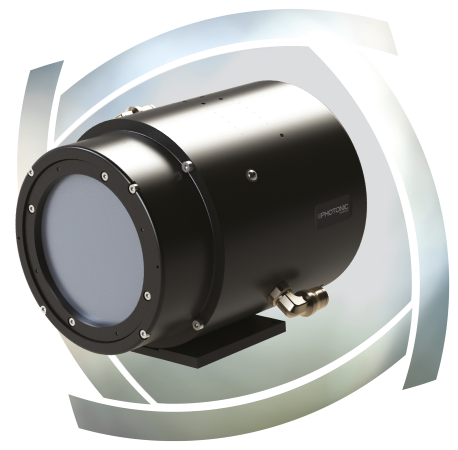News
Introducing sCMOS Synchrotron Detectors
1st Oct, 2020
Synchrotrons are extremely powerful tools used to radially accelerate electrons to high energy states. There are more than 50 light sources in the world (operational, or under construction) that generate high-energy beamlines for experimentation. The European Synchrotron Radiation Facility (ESRF) Grenoble in France, is one such synchrotron that uses extremely bright source energy to generate X-rays. This is a common trend among ESRFs, demanding precision synchrotron detectors for beamline analysis, process control, and other critical processes.
What is a Synchrotron Detector?
X-ray sensors that are used in beamline analysis and diagnostics are known as synchrotron detectors. They sample the beam in situ and convert photons into an electrical value which is then digitized.
Synchrotron Detectors: Direct & Indirect Detection
We can divide synchrotron detector processes into either direct or indirect detection brackets. Direct detection relies on the direct absorption of X-ray photons by a semiconductor which then generates an electrical signal for processing/digitization.
Direct Detectors
sCMOS detectors will directly absorb soft X-rays from extreme ultraviolet (UV) up to 2-keV with good efficiency and high gain conversion, with resulting signals well above the readout noise level. This provides single-photon detection efficiency.
Going beyond 2keV will potentially cause damage to the sensors, and will require movement towards indirect synchrotron detectors.
Indirect Detectors
Indirect sCMOS detectors operate with a scintillator material which converts X-rays into visible light that is then detected and transferred to the sCMOS sensors via fibre optic coupling.
The active area offered by these new devices ranges from 22.5 x 22.5mm up to 61.5 x 61.5mm with resolution from 2048 x 2048 to 6144 x 6144 pixels respectively using 1:1 fibre optic coupling between the sensors and scintillator material.
Due to very low readout noise and fast readout, indirect sCMOS detectors will achieve single-photon detection discrimination.
A larger active area can be reached using demagnifying tapered fibre optic and/or with detector tiling.
Scintillator CsI:Tl materials with needle-like structures offer very good absorption efficiency whilst maintaining good spatial resolution up to 100keV.
Other conventional materials such as GdOS:Tb is used for low energy applications up to 50keV.
Typical Applications of sCMOS Synchrotron Detectors
Synchrotron detectors based on X-ray sCMOS technology can be used across the full spectrum of beamline applications providing unmatched resolution with pixel size ranging from 9 up to 25 microns. This includes:
- Small-angle X-ray scattering (SAXS)
- Wide-angle X-ray scattering (WAXS)
- Grazing incidence SAXS (GISAXS)
- Diffraction
- Crystallography
- Micro- and nano-tomography
- Extreme ultraviolet (EUV) studies
Synchrotron Detectors from Photonics Science
At Photonics Science, we have developed a precise range of X-ray cameras geared specifically towards synchrotron applications. Our specialist imaging detectors are installed in various synchrotrons across the globe, providing the necessary insights for critical fields of study.
Interested in using our X-ray cameras as synchrotron detectors? Contact a member of the Photonics team today and we can discuss case studies and specifications to give you a greater understanding of how our systems work on the cutting-edge of science.




